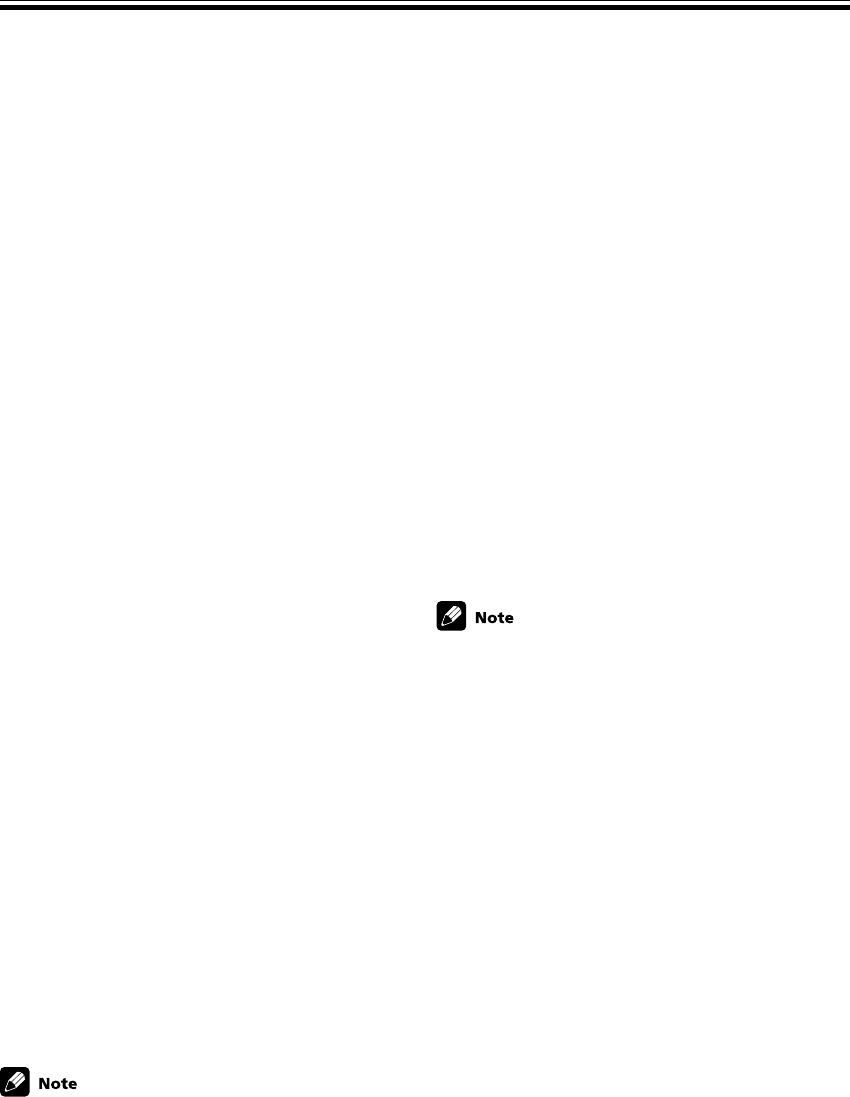
28
En
Fine Tuning Your Surround Sound
Front speakers
setting
This settings establishes the size and configuration of the
front
speakers you have connected more exactly than the
automatic setup. Select either Large (L) or Small (S). This
will determine if bass sounds are sent by the receiver to the
speakers being set.
Large: If the cone size (diameter) of your speaker(s) is
larger than 12 centimeters, set to Large.
Small: If the cone size (diameter) of your speaker(s) is 12
centimeters or smaller, set to Small.
Follow steps 1&2 on page 27 (if necessary).
Use the +/– buttons to choose a speaker
setting according to the speakers you hooked
up.
Press SETUP to advance to the next receiver setting mode.
Press ENTER if you want to exit the setting
mode.
Center speaker
setting
This settings establishes the size and configuration of the
center speaker you have connected more exactly than the
automatic setup. Select either Large (L) or Small (S).
This will determine if bass sounds are sent by the
receiver to the speaker being set. If no speakers are
connected choose “–”.
Large: If the cone size (diameter) of your speaker(s) is
larger than 12 centimeters, set to Large.
Small: If the cone size (diameter) of your speaker(s) is 12
centimeters or smaller, set to Small.
None (–): Choose this setting if you have no speaker(s)
hooked up to this terminal. Sound coming from this
channel in the original source will be down-mixed to one
of the active speakers.
Follow steps 1&2 on page 27 (if necessary).
Use the +/– buttons to choose a speaker
setting according to the speakers you hooked
up.
Press SETUP to advance to the next receiver setting mode.
Press ENTER if you want to exit the setting
mode.
• If the front speakers are set to Small (S) you can’t
choose Large (L) for the center speaker.
• If the center and surround speakers are set to None (–)
the listening modes for all the inputs will automatically
go into AUTO mode.
Surround speakers setting
This settings establishes the size and configuration of the
surround speaker you have connected more exactly than
the automatic setup. Select either Large (L) or Small (S).
This will determine if bass sounds are sent by the receiver
to the speaker being set. If no speakers are connected
choose “–”.
Large: If the cone size (diameter) of your speaker(s) is
larger than 12 centimeters, set to Large.
Small: If the cone size (diameter) of your speaker(s) is 12
centimeters or smaller, set to Small.
None (–): Choose this setting if you have no speaker(s)
hooked up to this terminal. Sound coming from this
channel in the original source will be down-mixed to one
of the active speakers.
Follow steps 1&2 on page 27 (if necessary).
Use the +/– buttons to choose a speaker
setting according to the speakers you hooked
up.
Press SETUP to advance to the next receiver setting mode.
Press ENTER if you want to exit the setting
mode.
• If the front speakers are set to Small (S) you can’t
choose Large (L) for the surround speakers.
• If the center and surround speakers are set to None (–)
the listening modes for all the inputs will automatically
go into AUTO mode.
Subwoofer setting
The Subwoofer setting divides the high and low sounds
(frequencies) between the speakers. Since most smaller
speakers can’t handle deep bass tones, this setting allows
you to send those sounds to the subwoofer instead of the
speakers set to Small (S) in your system. Choose the point
at which you want the frequency routed to the subwoofer.
We recommend setting this to 200 Hz if smaller book-
shelf-type speakers are used for your “Small” speakers.
Also, when a subwoofer is used, you have the option of
selecting the PLS setting, which adds extra bass.
Follow steps 1&2 on page 27 (if necessary).
Use the +/– buttons to choose subwoofer
setting 100 Hz, 150 Hz, 200 Hz, PLS (plus)
or – – – (off).
SUBWF 200 Hz
Sends bass frequencies below 200 Hz to the
subwoofer.
SUBWF 150 Hz
Sends bass frequencies below 150 Hz to the
subwoofer.


















